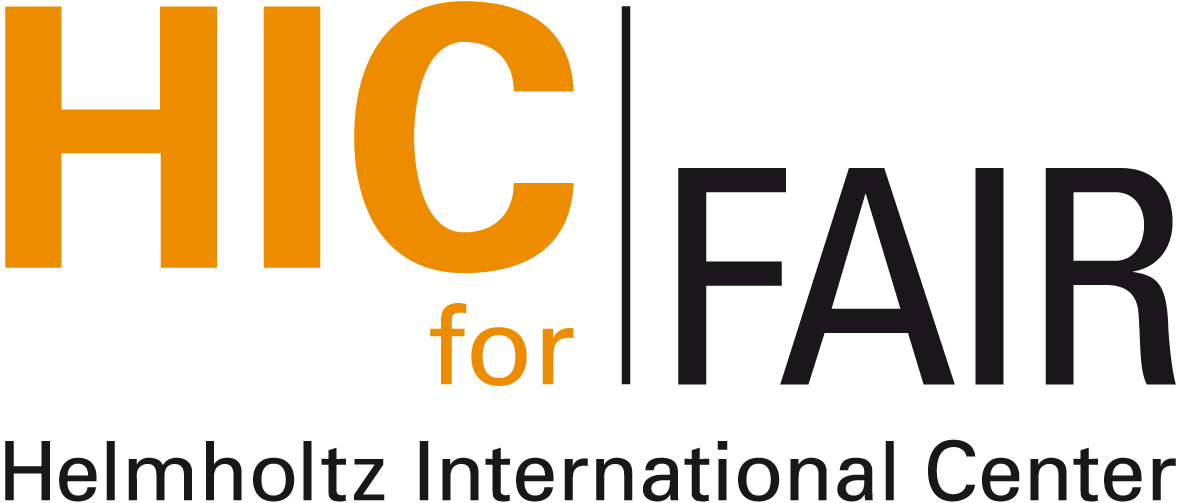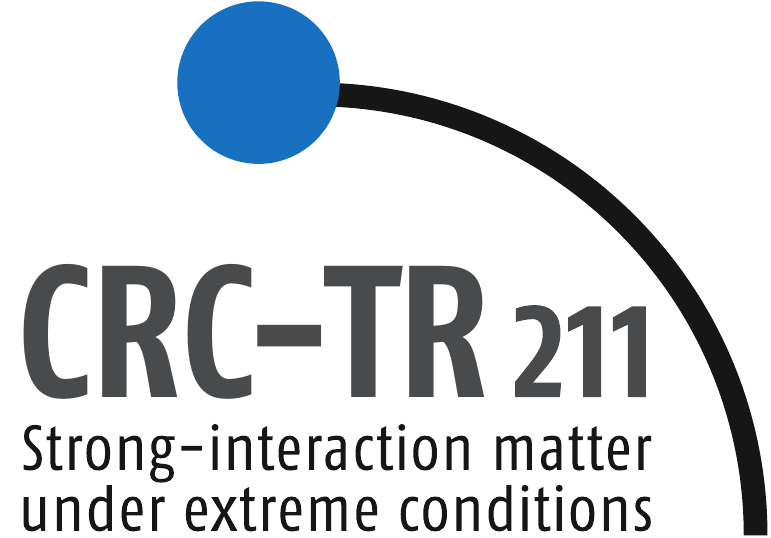

Venue: Physics Building, Max-von-Laue-Str. 1, Seminar Room PHYS 2.116
Time: Thursday, July 18, 4:30 pm (s.t.)
Contact: hees@itp.uni-frankfurt.de
From a purely quantum field theoretic standpoint finding the
non-hydrodynamic, non-relativistic behavior of strongly coupled fluids
is difficult since couplings run at lower energies. With the advent of
the AdS/CFT correspondence, one may find the hydrodynamic and
non-hydrodynamic behavior of such fluids in the non-relativistic regimes
(including the relativistic regime). In my talk we will introduce
non-relativistic holography (with the weak form of the non-relativistic
version of the AdS/CFT correspondence), walk through the calculation of
the fluid's quasinormal modes, and present distinct differences of
behaviors between the non-relativistic and analogous relativistic fluid.
Several key differences are due to the presence of the khronon field,
introducing new degrees of freedom and allowing for arbitrarily speed of
propagation of gravitons, allowing for gravitons of different spin to
propagate at different speeds.